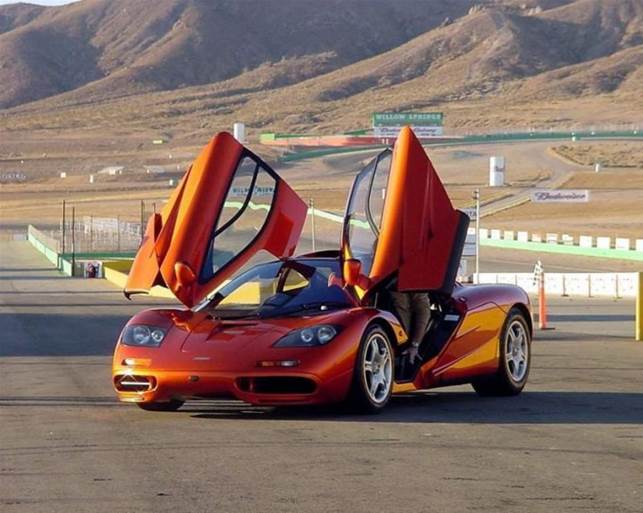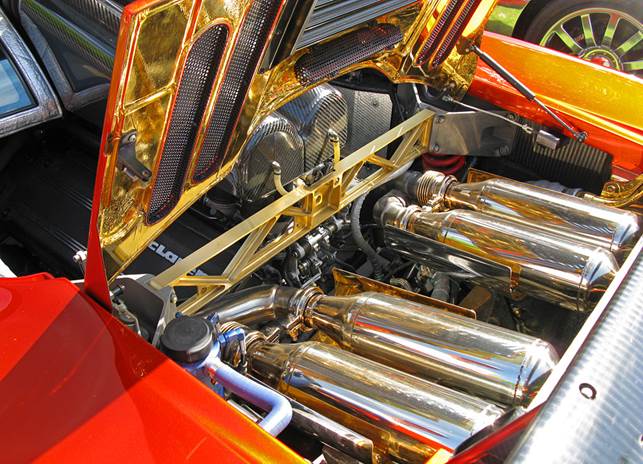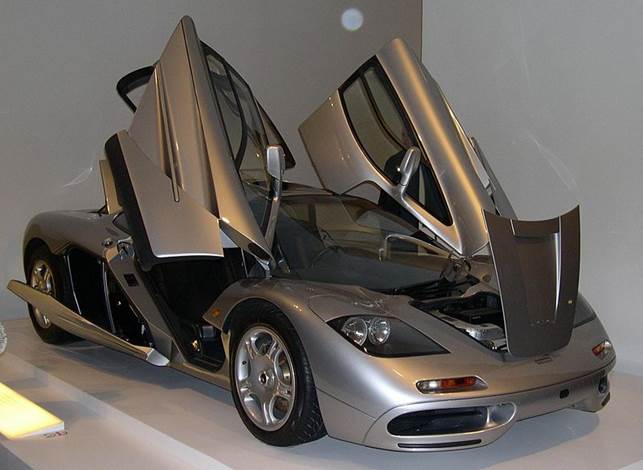In 1994 the McLaren F1 was a supercar shock of seismic
proportions. Twenty years later it hasn’t lost its power to amaze. In exclusive
interviews the men who created it tell their tale.
Gordon Murray - The Engineer
I decided i’d leave Formula 1 after 20 years in 1989, but
Ron Dennis wanted me to stay after that. He wanted to expand McLaren; a road
car was part of that, so it was a logical move.

The Mc Laren F1
It was a tiny budget of £8.5m from starting the company and
equipping the building to the fi rst running prototype. I was quite bolshie
with suppliers. I’d say, “we’re going to build the best-engineered car in the
world and the best driver’s car in the world, can’t tell you a thing about it,
and I need this stuff free.” A lot walked out, but it worked pretty well for
those that stayed, and for us.
It was liberating to start with a blank canvas. Right from
the beginning I told Peter Stevens that I wanted a really smooth look at the
front, but as it gets near the rear, we’ll need chimneys and static hot-air
release. We had some sketches where we could see the rear suspension and
everything through the mesh, but we’d forgotten we needed a 65-litre silencer;
it blocked all that out!

The McLaren F1's
engine compartment contains the mid-mounted BMW S70/2 engine and uses gold foil
as a heat shield in the exhaust compartment.
I never intended the F1 to be a racecar, it had to be
useable with air-con, a sound system, carpets and luggage space. I said to
Mansour [Ojjeh] and Ron [Dennis], if you say it’s a racing car, I’ll compromise
on luggage space and comfort. But if we say it won’t race, I’ll focus
absolutely on making it a road car.
Formula 1 people said I’d hate road-car regulations. Yes,
there are regulations, but there’s no performance regulation. I had active
aerodynamics, automatic brake cooling, fan-assisted ground effect on the diff
user; I went bananas.
The three-seat layout was a combination of marketing and
exorcising the rubbish of the time. There were things like Countach, Jag XJ220
and F40 with awful pedal off sets, the steering wheel at an angle; so impure. A
central driving position avoids that, and you get fantastic visibility. And I
thought, we’re a Formula 1 team, our guys all sit in the middle, what better
solution?

Standard McLaren
F1 with all user accessible compartments opened
We’d have never got the central seat and the doors to work
if we hadn’t had a carbon monocoque: it would’ve been too floppy. You had to
remove a large section of roof with the door to be able to swing in, and it was
a lot easier if you removed some sill too. Then I saw dihedral doors in a
styling magazine, and we discovered that the Toyota Sera actually had those
doors, so we brought it in.
The engine deal wasn’t done until very late. I’d had two
meetings with Honda to discuss a 4.5-litre V10 or V12, then suddenly someone at
Honda decided this was a step too far for marketing.
The layout of the car was advancing, so I just left space
for the engine! I was at Hockenheim in 1990 and bumped into Paul Rosche from
BMW. He said, ‘I’ll do you an engine’. BMW were fantastic. I wanted it to look
like a 1960s engine, so they cast any plastic pipes into the cylinder head.
Paul didn’t use one component from the existing 12-cylinder; nothing was light
enough.
I still think it’s the best V12 ever. The specific output is
better with modern engines, but from a character and torque point of view,
there’s nothing like it. We couldn’t believe it when we took a prototype to
Silverstone: it out-accelerated a Formula 1 car beyond 130mph. I was at Le Mans
in 1995 when we won. To go there with essentially a road car with a rollcage
and fi re extinguisher and come first, third, fourth and fifth, I just think
that’s phenomenal for any car.’